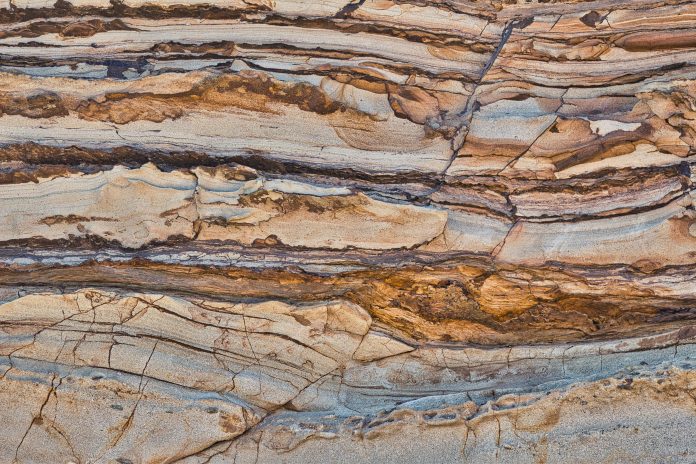
Don’t Forget the Eagle Ford Shale
There is a lot of talk recently about the amazing Permian Basin, but there, ahead of it, and not to be overshadowed for long, is the Eagle Ford Shale. Spreading over 400 miles across Texas from the Mexican border in the west to the Louisiana border in the east, it produces nearly 16% of America’s daily crude oil. Almost $30 billion was spent developing the play in 2013. And unlike the Permian Basin it does not currently have any pipeline bottleneck issues.
It Starts with Sedimentary Rock
The Eagle Ford Shale gets its name from Eagle Ford, Texas where the shale is at the surface in clay form. Hydraulic fracturing and its results, natural gas and oil, are in the news nearly every day. They are vital to our day to day lives by providing heat, hot water, gasoline, electricity and most of the items we use everyday. But how do we get natural gas and oil from a rock? What exactly is shale? The simplest answer is that shale is a sedimentary rock.
How Shale is Formed: The Organic Origins of Eagle Ford Shale
In general, sedimentary rocks are formed in bodies of water where small particles of silt and minerals become compacted at the bottom. Sometimes, along with the silt and minerals, tiny pieces of once-living organisms also become compacted. This organic material will eventually, over time, become oil.
The Importance of Laminated Shale Layers in Producing Oil and Gas
Shale is a sedimentary rock that is laminated, meaning it has many layers. Think of it as one of those canned biscuits that, once baked, can be pulled apart one paper thin layer at a time. The oil and natural gas is the butter trapped between those layers. Figuring out how to get the oil and natural gas out from between all those layers took decades of invention and development, but finally a man named George P. Mitchell figured it out, giving us the modern shale boom.
The Different Types of Shale and How They are Used in Everyday Life
Only certain kinds of shale produce natural gas and oil. There are many variations of shale, and most can be discerned from their color:
- Black and grey shale are the oil and gas producers. The presence of organic material darkens them.
- Red, brown and yellow shale contain differing amounts of iron oxide minerals.
- Green shale is somewhat rare, and is derived from greenish colored micas and minerals trapped with the silt.
You have had some into contact with these other non-oil producing shales probably without knowing it. They are used to make everything from bricks and cement to “terra cotta” pots.
Every Rock has a Dark Side
While shale touches our lives in so many positive ways, it has its drawbacks. It is a very unstable rock, and anything built on it, from buildings to roads, can be very unsteady. Many shale varieties are expandable; they swell when wet and shrink when dry. Definitely not the ideal foundation. They also are responsible for many mudslides.
Beyond Earth: Exploring the Possibilities of Shale on Mars
From this flat, layered rock we are provided with a mind-blowing number of the things we use every day. Where will it take us next? Mars rovers have sent back photos of shale-like rocks on the surface of Mars. I guess the sky isn’t the limit.














